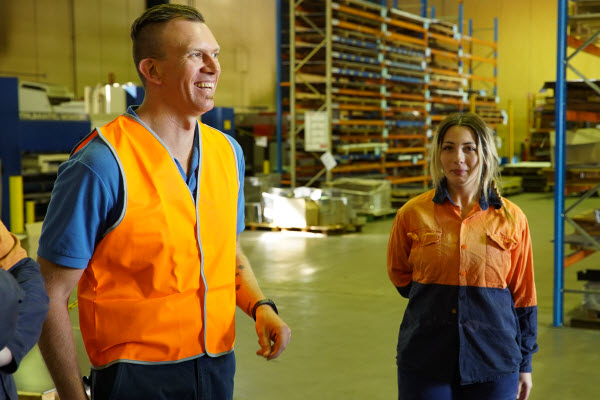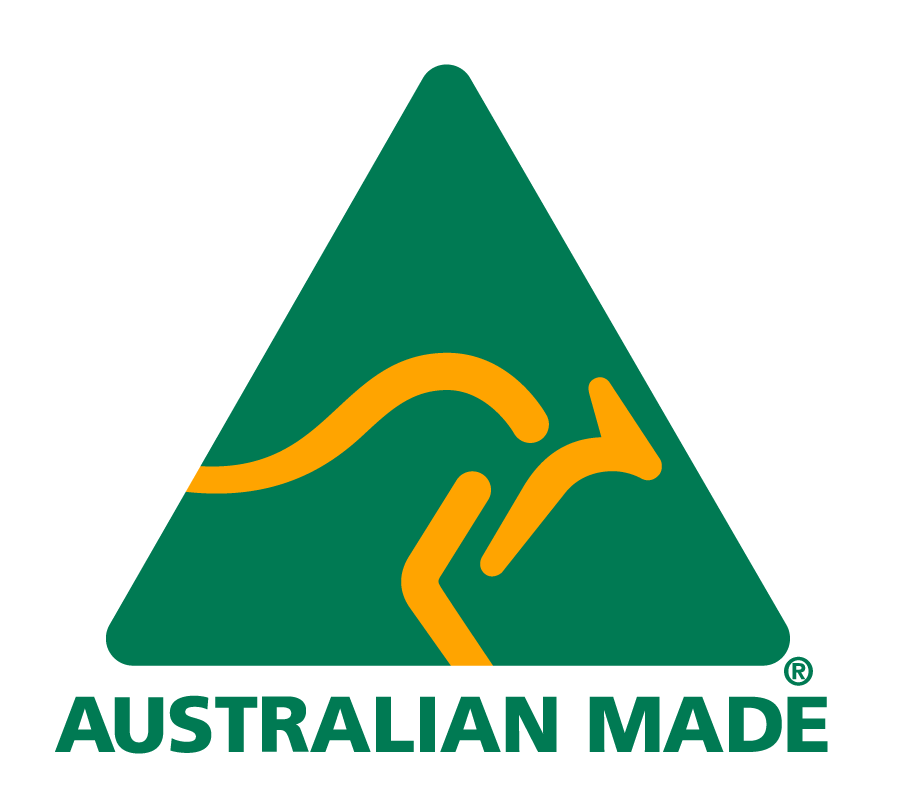What is a horizontal management structure? Sevaan's metal fabrication business is

In a nutshell, a horizontal (or flat) management structure removes a number of layers of hierarchical positions. Instead of layers of managers, the structure is replaced with one or two managers responsible for more employees, where the employees take greater autonomous control over their own duties.
As opposed to the hierarchical (or tall) structure where the business has many layers of management and a ‘top-down’ approach to decision making with a long chain of command, the flat structure eliminates the layers, speeding up decision making and equalising the workforce.
We’ve been in business for a while now; in fact, 2022 marks a significant milestone for the company. As the business has matured, it has been a priority to always revisit our continuous improvement modelling and take an elevator view of how we do things across all our functions. How we structure the business and how our teams are working has always been a high-level discussion, and a number of years ago we decided to adopt a horizontal management structure. The idea of a horizontal management structure had not received a great deal of traction back then. Few businesses or companies had embraced the concept. The idea of relinquishing responsibility and empowering staff was seen as a little radical at the time; however, to us it made perfect sense.
Advantages of adopting a horizontal management structure

There is a great deal of expert advice floating around about the advantages and disadvantages of adopting horizontal management structures into businesses of all sizes.
For Sevaan, the experience and outcomes have reshaped our approach to a number of critical aspects of our organisation. By eliminating internal silos and empowering the workforce, we have seen significant improvements in efficiencies, job satisfaction and advanced progress into lean manufacturing processes.
A key advantage has been in the areas of communication and speed to market. We forecasted an uplift in work and as such needed a way to streamline our operations. We identified communication with team members as a strategic element that could assist in speed and efficiencies. By removing layers of decision making, we effectively enabled our teams to take responsibility for their individual roles. What we found was an improved cohesiveness between workstations. Team members were confident to communicate with each other, share their challenges and work toward helping each other achieve targets and improve workflow.
By effectively de-compartmentalising, our employees act as a single team rather than working in siloed divisions. This shift created an environment of interaction and collaboration, enabling a sharing of resources and bringing forward new methods of distributing skill sets and knowledge assets. Why this was important to us has become clearer in our longer-term vision of moving to lean manufacturing and management. The horizontal management structure enabled a preparation opportunity for the staff to familiarise themselves with the basic methodology of lean manufacturing and management, fast-tracking our development in this operational space.

Pros and cons
Whilst pros and cons exist in any structural decision, working out what is most advantageous for our organisation always begins with asking the right question. “What is the best outcome for our clients and our teams?” is Sevaan’s starting point. Speed in turnaround for our clients and improving creativity and job satisfaction for our teams ultimately won the day. The horizontal management structure was the most suitable option to achieve these ambitions.
The decision has been a very successful one. Every aspect of our business has shown significant improvement in both speed to market and job satisfaction. The added layers of collaboration and sharing of skill sets have opened up several other improvement opportunities that we believe may not have revealed themselves in a vertical structure; so for us, our clients and our teams, the pros have outnumbered the cons.
Speak to our team of experts
At Sevaan Group, we are experts in metal engineering, fabrication and finishing. We work across all industry sectors and market verticals to deliver complete machining solutions. We offer unrivalled precision and consistent, reliable quality. Contact our highly skilled team of engineers today.

 02 9824 5555
02 9824 5555


